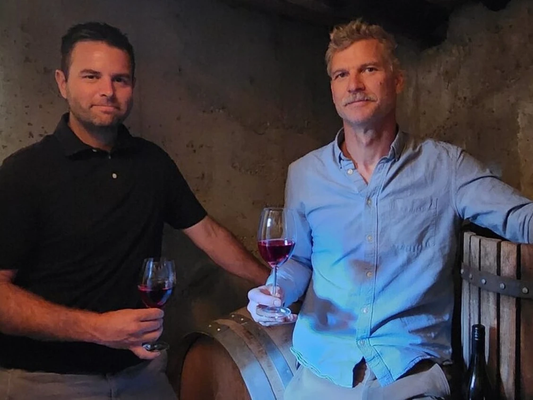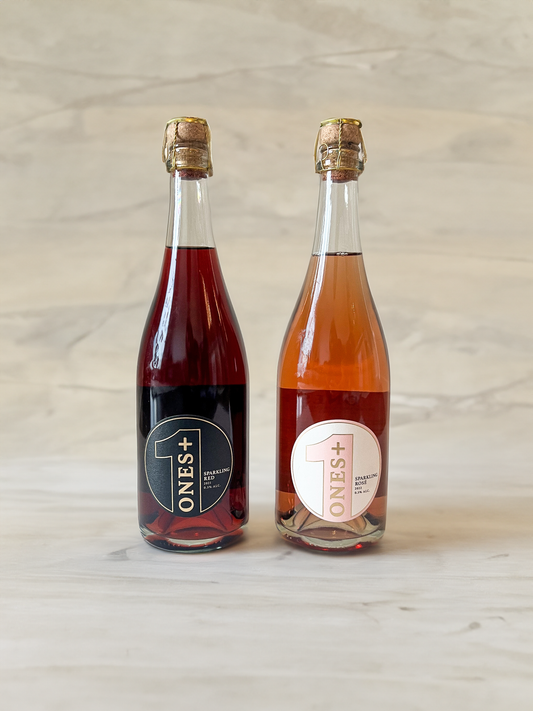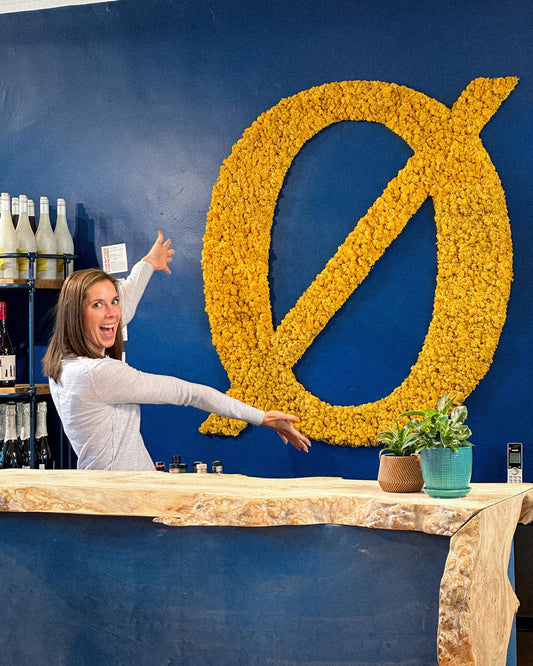Curious about ABV (alcohol by volume) in non-alcoholic wine and its alcoholic equivalencies?
Our experts have illuminated the nuances of ABV below, which will allow you to make informed decisions for responsible enjoyment in the way that best fits your lifestyle, health or overall consumption choices.

Alcohol By Volume Explained
ABV is the industry standard measurement of how much alcohol, technically ethanol, is in a total volume of wine, distilled spirits, beer, etc.
Alcohol By Volume is often shown on non-wine products as “proof,” which is the beverage’s ABV number multiplied by two. For example, a 60-proof martini has an ABV of 30%, so 30% of that poured or contained amount of martini liquid is alcohol.
ABV is also a main metric in how alcohol consumption can differ between beverages, even if you pour the same amounts of each. You could have a glass of beer and a same-size glass of wine but if the ABV differs, the two same liquid amounts would differ in levels of intoxication.
Where Does Alcohol in Wine Come From?
At any given winery, once grapes have been crushed and transferred to vessels, they go through a process known as fermentation. This is where the sugar content of the grapes is converted into alcohol either naturally by naturally occurring yeast or a winemaker’s choice of physically added yeast.
This sugar-to-alcohol step can take days, weeks or months, depending on the wine and winery production preferences. The wine is soon aged for a custom amount of time, whether in barrels, tanks or other site containers.

How is Non-Alcoholic Wine Made?
Non-alcoholic wine is made using the same processes as alcoholic wine, with an added step at the end, after the fermentation.
This step is a process known as reverse osmosis. At this stage, the wine encounters a semi-permeable filter, separating ethanol and water from the rest of the ingredients, leaving you with a low-to-no ABV wine.
At ONES, our non-alcoholic Sparkling Red and Sparkling Rose are made from quality BC wines and then we reduce the ABV to 0.5%
What’s the Difference Between 0% Alcohol and 0.5% Alcohol?
Consumption-wise, nothing. Both are considered to be “non-alcoholic” ABV levels. In fact, 0.5% ABV is the maximum percentage for being considered non-alcoholic.
If you see something labelled low-alcohol, rather than non-alcoholic, this means it has an ABV above .5%, 1.2% maximum.

How is 0.5% ABV Considered Non-Alcoholic?
When you consume a wine like ONES with 0.5% ABV, your body metabolizes what little alcohol content is present very quickly. This means that you can enjoy ONES and stay sober.
Added Bonus: In addition to being non-alcoholic, our wines are also carb and sugar-free. This means no hangover and no caloric overload.
Can Pregnant Women Consume Non-Alcoholic Wine?
While common foods and beverages (ex. orange juice) also contain minimal amounts of alcohol, we recommend pregnant women consult their physician before consuming ONES Non-Alcoholic Wine.
Read our blog about Pregnant Women & Non-Alcoholic Wine




